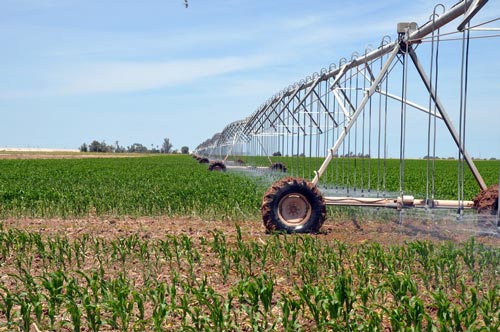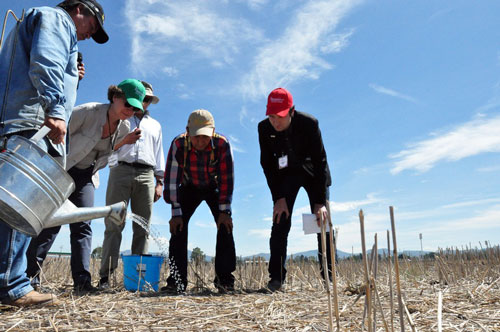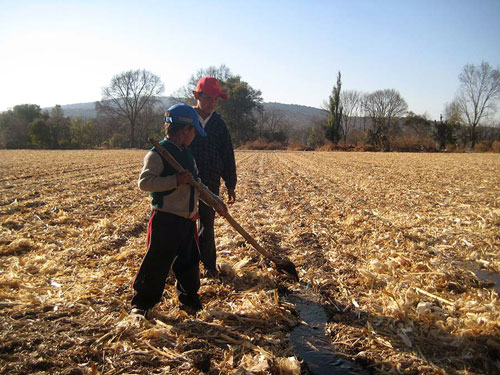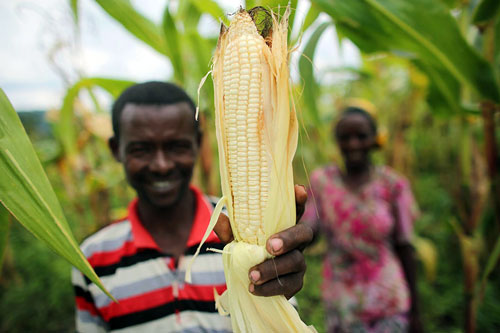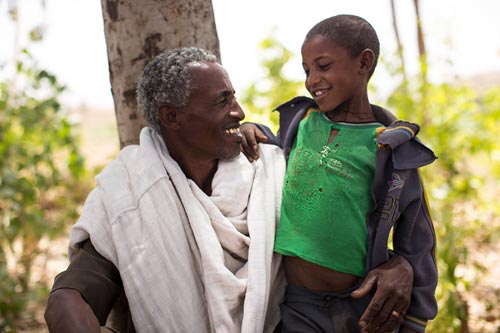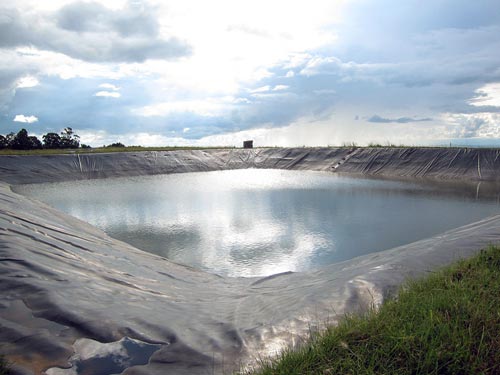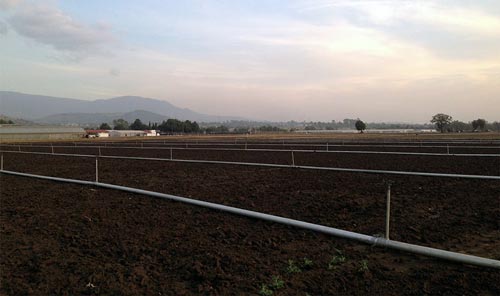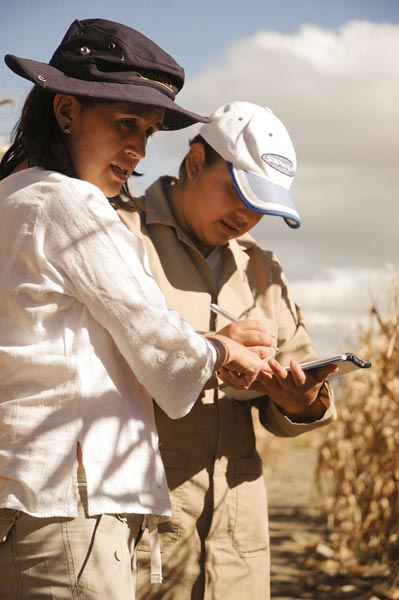World Water Day
Celebrate World Water Day
Water plays a vital role in irrigation and food production, accounting for 70 percent of global freshwater withdrawals, according to U.N. Water. Additionally, statistics show that water consumption for agricultural use is projected to increase by about 20 percent by 2050.
[widgetkit id=37]
Global efforts to protectively boost sustainable water use are reflected in proposed global anti-poverty development goals due to replace the current U.N. Millennium Development Goals (MDGs), which expire at the end of 2015.
[widgetkit id=35]
The inclusion of water in the Sustainable Development Goals (SDGs) to “ensure availability and sustainable management of water and sanitation for all” will mark a significant shift from the current development framework, which only included water as a subordinate target within the environment MDG 7.
[widgetkit id=38]
World Water Day, which falls on March 22, offers an opportunity to celebrate the role this indispensable resource plays in agricultural production, food security and distribution. At the International Maize and Wheat Improvement Center (CIMMYT) we asked members of our online community to share pictures illustrating some of the ways they use water.
[widgetkit id=39]
[widgetkit id=40]
